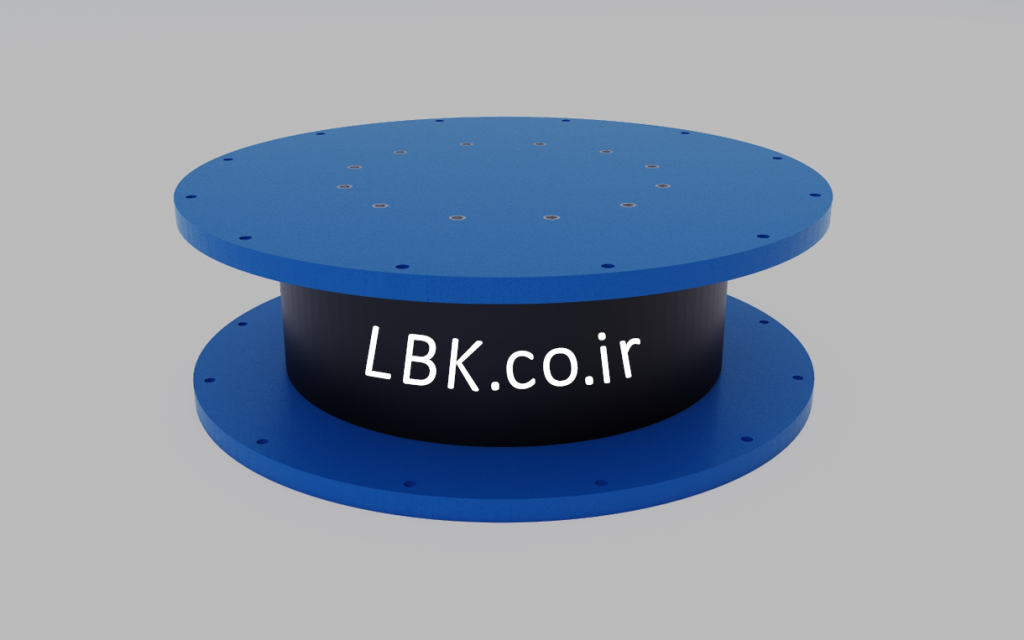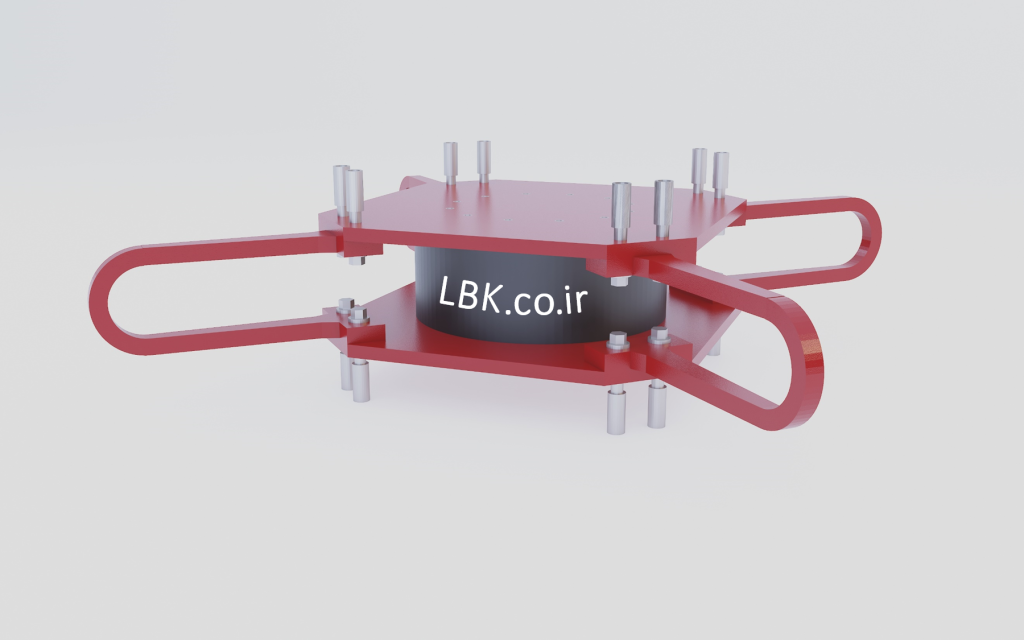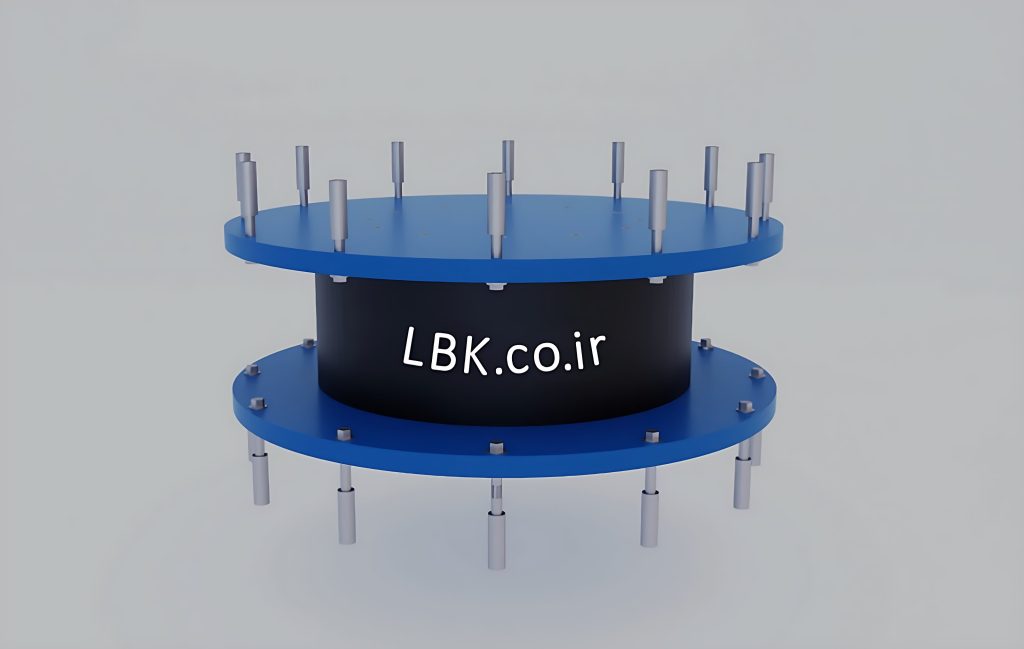Seismic isolation is the most effective earthquake mitigation technique for medium to low-rise building structures constructed on dense to medium soils. The seismic isolation system employs isolator units that are rigid in the vertical direction to resist the gravity loads with minimal deflections, and flexible in the lateral directions to isolate the superstructure from the ground motions during an earthquake. Isolators are typically located between the superstructure building and its foundation or at the basement ceiling level (i.e., between columns and ceiling of the basement story). In seismic isolated bridges, the seismic isolators are often installed between bridge piers and bridge deck.
The natural period and effective damping of a base isolated structure is significantly increased with respect to its fixed-base (non-isolated) counterpart. This results in significant decrease in the peak acceleration that the superstructure would experience during an earthquake (known as spectral acceleration). The decreased induced acceleration is translated to the reduced inertia force and mitigated seismic demand in the superstructure. The internal forces and deflections can be mitigated such that the superstructure remain elastic with minimal nonstructural damages during a severe earthquake. Seismic isolation is the only practical technology that can lead to an immediate occupancy (operational) performance objective.





